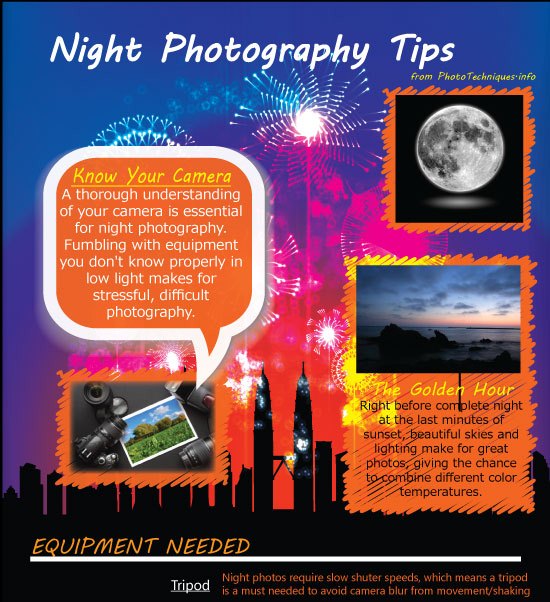Digital Photography Tips For Beginners: Grasping Your Video Camera In No Time At All
Digital Photography Tips For Beginners: Grasping Your Video Camera In No Time At All
Blog Article
Personnel Writer-Christian Monroe
When you initially grab your camera, it can feel overwhelming with all the setups and choices offered. You may find yourself wondering exactly how to browse aperture, shutter rate, and ISO effectively. Understanding these fundamentals is important, yet there's more to digital photography than simply technical knowledge. Comprehending Headshot portrait and illumination problems can raise your photos significantly. So, suppose you could discover easy methods to boost your skills and begin capturing excellent pictures sooner than you believe? Allow's explore how to transform your digital photography journey.
Recognizing Electronic Camera Settings
Understanding your electronic camera settings is important for capturing stunning pictures. When you get your video camera, familiarize on your own with the three primary setups: aperture, shutter speed, and ISO. Each plays a crucial duty in how your images turn out.
Start with aperture, which manages the quantity of light getting in the lens. https://postheaven.net/benedict5thresa/checking-out-the-world-with-the-lens-traveling-digital-photography-fundamentals (lower f-number) lets in a lot more light and produces an attractive history blur, best for portraits. Conversely, a narrower aperture (greater f-number) maintains even more of the scene in focus, suitable for landscapes.
Next, concentrate on shutter rate. This setup identifies how much time your cam's sensor is exposed to light. A quick shutter rate freezes movement, which is fantastic for activity shots, while a sluggish shutter rate can create stunning impacts like smooth water in landscapes.
Last but not least, adjust your ISO. This setting impacts your video camera's sensitivity to light. A higher ISO serves in low-light scenarios however can introduce sound or grain. Aim for the lowest ISO feasible while still attaining appropriate direct exposure.
Composition Methods
When you're out capturing, composition can make all the difference in just how your pictures resonate with customers. Start by using the regulation of thirds; picture your structure split into 9 equivalent areas with two straight and two vertical lines. Position key elements along these lines or at their intersections to produce equilibrium and rate of interest.
Next, take into consideration leading lines. These natural lines in your scene, like roads or rivers, attract the audience's eye right into the photo, guiding them with the tale you're informing.
Don't forget about mounting; usage components within your scene, like trees or windows, to produce a frame around your subject, adding depth and focus.
Also, watch on your background. A cluttered background can sidetrack from your major topic, while a straightforward one aids it stand out.
Lastly, try out symmetry and patterns; they can create a striking picture that captures attention.
Learning Lighting Conditions
Mastering lights problems is crucial for capturing stunning pictures, as the right light can change a common scene into something remarkable.
Beginning by observing all-natural light at various times of the day. Early mornings and late afternoons offer the best light, referred to as the gold hour. The soft, cozy tones during these times can boost your photos beautifully.
Don't shy away from overcast days either; diffused light can reduce harsh darkness and develop a pleasing impact, especially for pictures.
Try out backlighting by placing your topic against the source of light. This strategy can develop a fanciful halo effect and include deepness to your photos.
Take notice of your electronic camera settings also. Change the ISO, aperture, and shutter rate to match the lights conditions. A higher ISO can aid in low light, yet beware of grain.
Utilize a tripod in darker atmospheres to prevent blur.
Last but not least, do not forget synthetic lights. Flash and continuous lights can be wonderful tools for regulating light in challenging conditions.
Verdict
Finally, mastering your electronic camera doesn't need to be overwhelming. By understanding your setups, using structure strategies, and harnessing the power of natural light, you'll rapidly raise your digital photography skills. Keep in mind, exercise makes perfect, so get out there and experiment with your newly found knowledge. With time and dedication, you'll be recording spectacular photos that show your unique point of view. Delight in the trip, and don't fail to remember to have a good time while you're at it!
